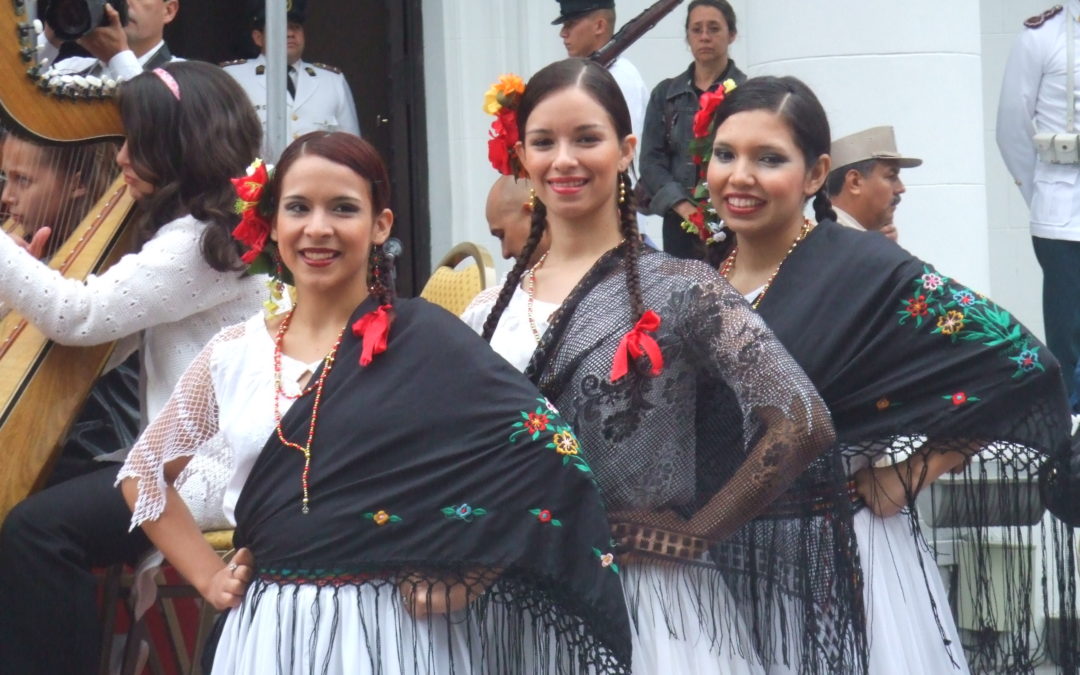The traditional Paraguayan dress remains very much an active part of Paraguayan culture. It may no longer be everyday clothing but is owned by every girl and young woman across the land.
In common with much of the world traditional dress is no longer a common sight on the countries streets. As with elsewhere it has been replaced by the Western uniform of jeans and t-shirts. With Paraguay being a hot land though for everyday wear shorts rather than jeans are often used.
With their switch to Western clothing styles the Paraguayans have however kept their love of bright colours. Also, again due to the climate lightweight breathable materials are preferred.
The traditional ways though have not been forgotten. From the first day of school every child learns Paraguayan dancing and learns that this cannot be done without the right clothing. For girls this is the flowing Paraguayan dress.
It is not however a dress as such but rather a skirt and blouse which are always worn as a set. The blouses are usually white or creme. Made out of the loosely woven Ao Po’i cotton they are both lightweight and comfortable. As with all Ao Po’i the blouses feature delicate embroidery. The short sleeves often contain some Nanduti lace. The amount of lace depending upon the cost and quality of the blouse. The garment is slipped on over the head rather than buttoned.
Together with this is worn the long flowing Paraguayan skirt. Very much like the traditional Spanish skirt from which it is derived. The skirt consists of several layers of material and is traditionally made of Nanduti lace.
The skirts may be white but are more often brightly coloured. Almost any colour is acceptable although the most common are those of the national flag. Red, white and blue. They have elasticated waists and reach almost to the floor. Below them are visible only feet which are bare when preforming Paraguayan dancing.
As in addition to professional dance troupes every school girl most own a Paraguayan skirt. Accordingly the majority are made from cheaper materials such as polyester. With the elasticated waists a girls skirt will see her though several years of school performances before it starts to get a little short and needs replacing.
Finally to complete the ensemble hair and make up must be done. Make up is put on quite thickly with lip stick as bright as as the skirts.
The long hair which most girls have must be styled. This maybe as a long braid or braids. Alternatively hair is worn as a bun on the back of the head. Then in a further display of the Paraguayans love of colour a bright comb or some flowers are added to the hair as a final finishing touch.
Once all is done the girls are ready and eager to perform. They need only await their male partners who to are dressed in traditional styles. Then the parade or performance can begin.


We remember seeing girls in their traditional dresses. Very interesting reading.
Thanks, yes every girl has her Paraguayan dress